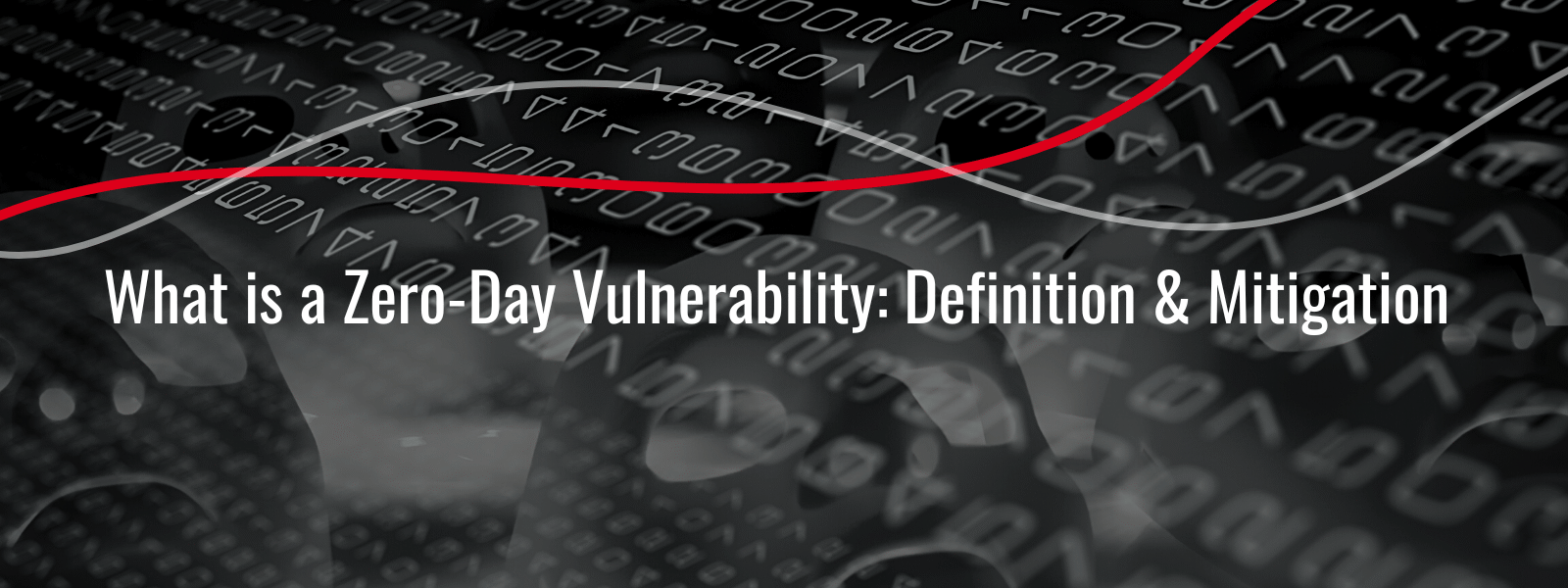
What Are Zero-Day Vulnerabilities?
In today’s fast-paced cybersecurity landscape, zero-day vulnerabilities are some of the most dangerous threats organizations face. These flaws are exploited before developers even know they exist—making them incredibly hard to detect and defend against.
If you’re searching “what is a zero-day vulnerability” or “how to prevent zero-day attacks,” this guide will break it all down in simple, actionable terms.
What Is a Zero-Day Vulnerability?
A zero-day vulnerability is a flaw or weakness in software, hardware, or firmware that is unknown to the party responsible for fixing it—usually the software vendor. Because no patch exists, the vulnerability can be exploited by attackers on “day zero,” before developers are even aware it’s there.
The term “zero-day” refers to the fact that developers have had zero days to address or patch the issue.
What Is a Zero-Day Attack?
A zero-day attack occurs when a hacker takes advantage of a zero-day vulnerability before it’s publicly disclosed or fixed. These attacks are often highly targeted and difficult to detect.
Once the vulnerability is discovered and reported, developers rush to create a patch—but until then, the window of exposure is open and dangerous.
Why Are Zero-Day Vulnerabilities So Dangerous?
When people search “why are zero-day vulnerabilities a big deal,” it’s usually because:
- No patch exists at the time of exploitation
- Antivirus and firewalls may not recognize the attack
- Targets include high-value systems like government or corporate networks
- Detection is difficult, especially when attackers use custom payloads
In many cases, a zero-day exploit remains undetected for months—or even years.
Real-World Examples of Zero-Day Exploits
Here are a few high-profile examples that show the real-world impact of zero-day vulnerabilities:
Stuxnet (2010)
A zero-day exploit was used to damage Iran’s nuclear program by targeting Siemens industrial control systems.
Microsoft Exchange (2021)
Multiple zero-day vulnerabilities were exploited to access emails and credentials from thousands of organizations worldwide.
iOS & Android Spyware (Pegasus)
Zero-day exploits have been used to remotely control smartphones, monitor communications, and extract data—all without the user’s knowledge.
How Are Zero-Day Vulnerabilities Discovered?
Zero-day vulnerabilities can be found by:
- Security researchers (white-hat hackers) who report them ethically
- Bug bounty programs offered by major tech companies
- Black-hat hackers or cybercriminals who sell or exploit them
- Government agencies that may keep them for surveillance or defense
Sometimes, they’re even sold on the dark web for millions of dollars.
How to Protect Against Zero-Day Vulnerabilities
If you’re searching “how to protect against zero-day attacks,” here are some key best practices:
1. Use Advanced Threat Detection Tools
Traditional antivirus won’t catch unknown threats. Use behavior-based detection systems, endpoint detection and response (EDR), and intrusion prevention systems (IPS).
2. Keep All Software and Systems Updated
Apply patches as soon as they are released. While this won’t protect you from an active zero-day, it reduces the risk once a fix becomes available.
3. Deploy a Web Application Firewall (WAF)
A WAF can help filter out malicious traffic that attempts to exploit vulnerabilities in your web apps—even unknown ones.
4. Limit User Privileges
Restrict admin access. If an attacker gains access through a zero-day, they’ll have less control if privileges are tightly managed.
5. Implement Network Segmentation
Keep sensitive systems isolated. Even if one part of your network is compromised, attackers won’t be able to move freely across it.
6. Monitor Logs and User Behavior
Use Security Information and Event Management (SIEM) systems to detect anomalies that may indicate a zero-day exploit is in play.
What to Do If You’re Hit by a Zero-Day Exploit
- Isolate affected systems immediately
- Check for indicators of compromise (IOCs)
- Update your software once a patch is available
- Notify your security team or external cybersecurity vendor
- Report the vulnerability if it hasn’t been disclosed
Quick response is critical when dealing with a zero-day attack.
How CyberVolt Helps Defend Against Zero-Day Threats
At CyberVolt, we understand how critical it is to stay ahead of emerging threats—including zero-day vulnerabilities.
Our cybersecurity solutions include:
- AI-powered threat detection
- Real-time network monitoring
- Web Application Firewall (WAF)
- Advanced DDoS protection
- API security
- Client-side monitoring
- Continuous vulnerability scanning
With CyberVolt, you gain proactive protection that evolves with the threat landscape—so your systems are defended even against the unknown.
Final Thoughts
Zero-day vulnerabilities are among the most serious threats in cybersecurity. Because they are undiscovered by software vendors, they leave systems exposed to silent, devastating attacks.
By investing in layered security, modern detection tools, and expert support from providers like CyberVolt, you can reduce your risk and strengthen your resilience.
Frequently Asked Questions (FAQs)
Q: What does “zero-day” mean in cybersecurity?
A: It refers to a vulnerability that is exploited before the developer has had a chance to fix it.
Q: Can antivirus software detect zero-day attacks?
A: Traditional antivirus tools often can’t detect zero-days. You need advanced behavior-based or AI-powered security.
Q: How often do zero-day vulnerabilities occur?
A: Over 20,000 are reported annually, and many more go unreported or undiscovered.
Q: How can businesses protect themselves?
A: Use a combination of WAFs, endpoint detection, patch management, access control, and professional cybersecurity services like CyberVolt.
Want to learn more? Contact CyberVolt today for a free security assessment or to explore how we can help defend your organization from zero-day threats and beyond.
Let me know if you’d like this article turned into a downloadable guide, email series, or landing page for CyberVolt’s marketing campaigns.




